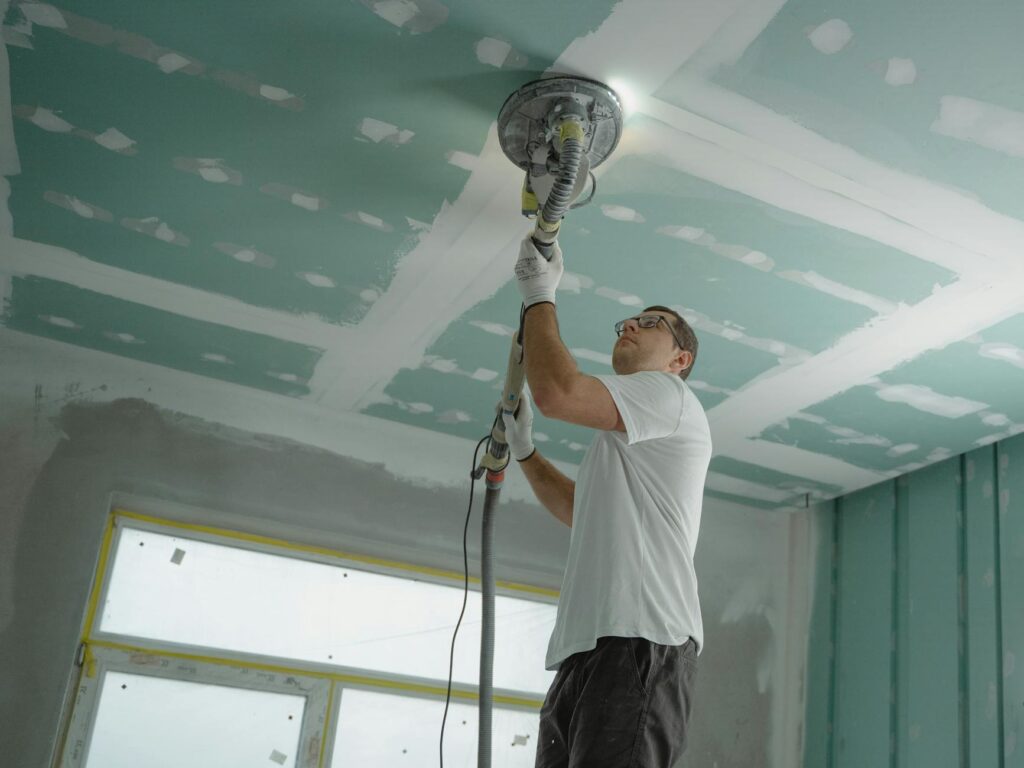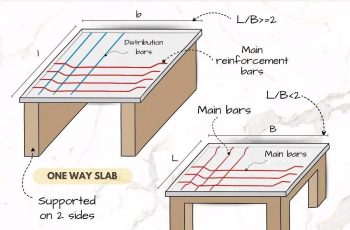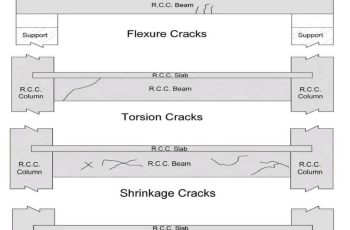Building your own house is a monumental undertaking, a blend of meticulous planning, skilled labor, and a dash of unwavering determination. It’s a journey filled with challenges and rewards, and this guide will help navigate you through the key steps.
Planning and Design
Before the first nail is hammered, a solid plan is crucial. This involves defining your budget, choosing a suitable plot of land (researching land zoning laws is vital!), and selecting a house design that aligns with your needs and style. Consider consulting with an architect to ensure the design is both aesthetically pleasing and structurally sound. 
Securing Financing
Building a house is expensive. Explore various financing options, such as mortgages, construction loans, or a combination of both. Understanding mortgage rates and securing pre-approval will significantly streamline the process. Compare offers from multiple lenders to find the best terms.
Acquiring Permits and Licenses
Navigating the regulatory landscape is a critical step. Obtain all necessary building permits and licenses from your local authorities. This process often involves submitting detailed plans and adhering to local building codes. Delays in obtaining permits can significantly impact your timeline, so start early. [IMAGE_2_HERE]
Site Preparation and Foundation
The foundation is the bedrock of your house. Proper site preparation, including clearing the land and excavating for the foundation, is paramount. The type of foundation will depend on the soil conditions and the house design. Choosing the right foundation is a crucial decision that impacts the structural integrity of your home.
Framing and Exterior
Once the foundation is set, the framing process begins. This involves erecting the walls, roof trusses, and other structural elements. This stage is labor-intensive, requiring skilled carpenters and attention to detail. [IMAGE_3_HERE] Consider using energy-efficient materials to reduce your long-term costs. Learn about sustainable building practices.
Interior Work
After the exterior is complete, focus shifts to the interior. This involves installing insulation, drywall, plumbing, electrical wiring, and HVAC systems. This stage requires coordination between different tradespeople to ensure everything works seamlessly. Choosing the right materials for your interior is important for both aesthetics and functionality.
Finishing Touches
The final stage involves adding the finishing touches. This includes painting, flooring, cabinetry, fixtures, and appliances. This is where your home truly starts to come to life. Pay close attention to detail to ensure a high-quality finish. [IMAGE_4_HERE]
Landscaping
Don’t forget the landscaping! Complete the project by adding landscaping elements like lawns, plants, and walkways to enhance the curb appeal and functionality of your property. A well-landscaped yard significantly increases the value of your home. Find landscaping inspiration here.
Building a house is a rewarding but challenging process. Careful planning, diligent execution, and a bit of patience are key to success. Remember to enjoy the journey and the satisfaction of creating a home tailored to your exact specifications.
Frequently Asked Questions
What are the biggest challenges in building a house? Budget overruns and unexpected delays are common challenges. Careful planning and contingency budgeting can mitigate these risks.
How long does it take to build a house? The construction time varies greatly depending on the size, complexity, and weather conditions. It could range from several months to over a year.
What skills are needed to build a house? While you can hire contractors for most aspects, basic DIY skills and project management abilities are beneficial.
Can I build a house without professional help? While possible, it’s extremely challenging and may not be advisable unless you have significant construction experience.
What are the most important considerations for building a sustainable home? Choosing energy-efficient materials, proper insulation, and renewable energy sources are crucial for sustainable building.

